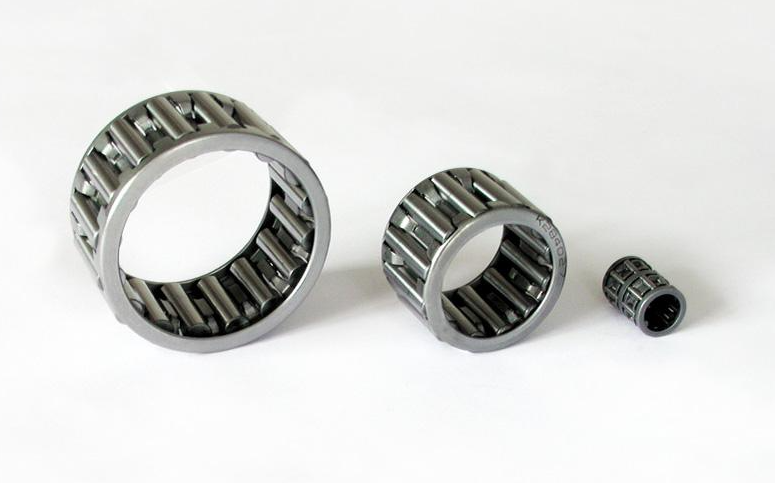What are the main differences between needle bearings and ball bearings?
TIME:2025-07-23
The core difference between needle roller bearings and ball bearings lies in the shape of the rolling elements and the load-bearing characteristics: needle roller bearings use slender cylindrical rollers, which have stronger radial load capacity and compact structure; ball bearings use spherical rolling elements, which have both radial and axial load capacity and higher speed.
Differences in rolling element structure and contact mode
① Needle bearing
★ Use cylindrical needle rollers with a diameter of ≤5mm and an aspect ratio of ≥2.5.
★ The rolling element and the track are in line contact, and the contact area is large.
② Ball bearing
★ Use spherical rolling elements to achieve point contact.
★ The contact area is small but evenly distributed.
Load-bearing characteristics comparison
① Radial load capacity.
★ Needle roller bearings have stronger radial load capacity at the same size and are suitable for high radial load scenarios.
★ Ball bearings have more spheres, so the load distribution of a single rolling element is more balanced.
② Axial load adaptability.
★ Needle roller bearings can only withstand pure radial loads.
★ Ball bearings can withstand radial, axial and combined loads (such as angular contact type).
Application scenarios and performance parameters
① Space adaptability.
★ The outer diameter of the needle bearing is minimized, which is suitable for mechanical structures with limited radial installation space (such as gearboxes, motorcycle connecting rods).
★ The ball bearing has a compact structure and is suitable for high-speed precision equipment (such as motors and precision instruments).
② Speed limit.
★ Needle bearings are prone to centrifugal force when running at high speeds due to the large aspect ratio of the needle rollers, and are suitable for lower speeds.
★ Ball bearings have low friction resistance and the maximum speed can reach 2-3 times that of needle bearings.


